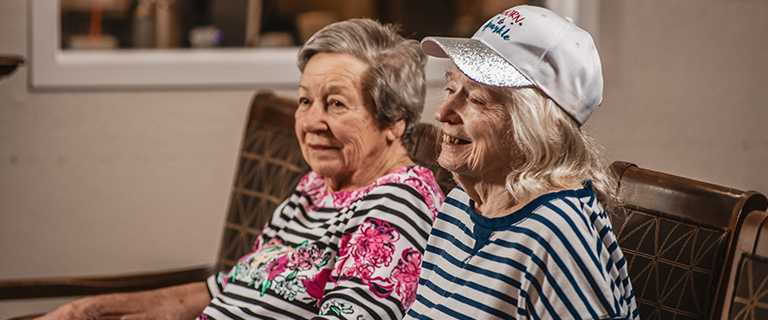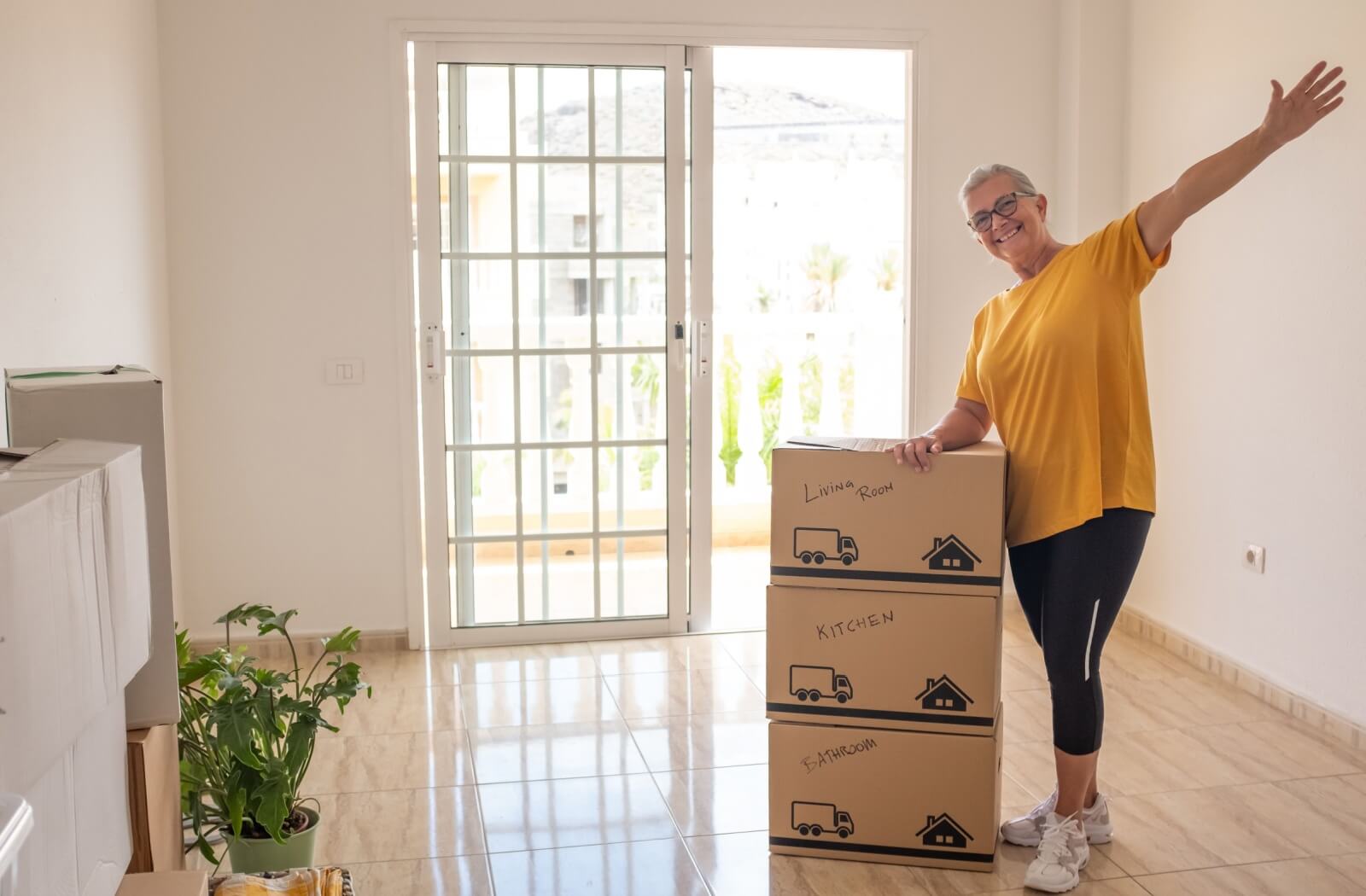Downsizing is often an emotional and overwhelming process for senior parents, especially when they’ve lived in the same home for many years. Helping them transition to a smaller, more manageable living space can be challenging, but it’s also an opportunity to simplify their lives and help them embrace a new chapter.
Starting the conversation early, organizing efficiently, and enlisting professional help are some effective ways to ease the burden of downsizing. Offering support, patience, and understanding throughout the process is important for your loved one. Here are some clear suggestions to help guide you and your parent through this significant change.
Step #1: Start the Conversation Early
It is important to begin the downsizing conversation well before a move becomes urgent. Starting early allows for thoughtful planning without the added pressure of time constraints. A gentle, empathetic approach will help your parents process the idea without feeling rushed. It can be beneficial to talk about the benefits of a smaller space, such as reduced upkeep, easier accessibility, and a simpler lifestyle.
When broaching the topic, emphasize how downsizing can significantly improve their quality of life. This is an opportunity to discuss future plans and how a smaller, more manageable space can liberate them from the physical and mental burdens of maintaining a larger home. Frame the conversation as a positive step towards comfort and independence, highlighting the benefits of reduced upkeep, easier accessibility, and a simpler lifestyle rather than focusing on loss.
Step #2: Plan Together
Once your parents are on board with the idea of downsizing, involve them in the planning process. Let them take the lead when deciding which rooms or items to tackle first. Working together empowers your parents and reassures them that their preferences and memories are respected.
Step #3: Sort Belongings Room by Room
Downsizing an entire house can seem overwhelming, so it’s key to break the process down into manageable chunks. Start with one room at a time, prioritizing the least sentimental areas, such as the kitchen or bathroom. This allows for early success without diving into more emotional spaces like the living room or bedrooms.
Encourage your parents to consider functionality as they sort through their belongings. Ask questions like, “When was the last time you used this?” or “Will this fit in your new space?” This helps guide the decision-making process without being too forceful.
Step #4: Encourage Letting Go Gently
Letting go of personal possessions can be emotionally difficult for parents, especially if items hold sentimental value. Approach the topic with sensitivity, offering gentle suggestions rather than demands. Acknowledge the emotional attachment they may have to particular objects while encouraging them to part with things they no longer need.
One strategy is to donate or gift items to family members or charities. Knowing their cherished belongings will have a new life with someone else can help ease the emotional weight of parting with them. Suggest creating memory boxes for particularly meaningful items that won’t fit in the new home but are too special to part with entirely.

Step #5: Create “Keep,” “Donate,” & “Discard” Piles
Once sorting begins, it’s helpful to organize belongings into three distinct categories: “Keep,” “Donate,” and “Discard.” The “Keep” pile should only include items that will fit the new space or hold significant sentimental value. The “Donate” pile is for gently used items that can be given to others. The “Discard” pile is for worn-out or broken items.
Be sure to assist with the more physically demanding tasks, such as lifting or moving heavy items. Keeping the pace slow and steady will prevent your parent from feeling overwhelmed or rushed. Always take breaks when needed to maintain a stress-free environment.
Step #6: Respect Their Sentiments
Understand that your parent may not be ready to part with certain items right away, even if they haven’t been used in years. It’s crucial to respect their wishes and allow them the space to hold onto certain belongings for a little longer if they need to. Downsizing is a deeply personal process, and they may require time to come to terms with letting go. Your empathy and understanding will make this process easier for them.
Step #7: Enlist Professional Help if Needed
In some cases, bringing in a professional organizer or moving service can alleviate some of the stress of downsizing. A third party with experience in senior moves can offer objective guidance and provide practical solutions for downsizing efficiently. They often specialize in helping seniors make decisions about their belongings while keeping emotions in mind.
Step #8: Make the New Space Feel Like Home
One of the most important aspects of downsizing is ensuring your parents feel comfortable in their new home. Bring along familiar, sentimental items, such as photos, favorite pieces of furniture, or mementos, to create a sense of continuity. A smaller space doesn’t have to feel unfamiliar—it should feel like a cozy, more manageable version of the home they love.
Step #9: Take Time to Reminisce
As you go through items, take time to reminisce with your parent. Going through old photo albums, letters, or keepsakes can spark meaningful conversations and offer closure. Sharing these moments with your parent allows one to honor their past while helping them move toward their future.
This step also allows you to understand better their experiences and the things that matter most to them. It reinforces that the downsizing process is not just about physical objects but about preserving memories in new ways.
Step #10: Celebrate Their New Chapter
After the move, celebrate this new chapter in your parent’s life. Whether it’s a small family gathering or simply spending time together in their new home, marking the occasion reinforces the positive aspects of this transition. Downsizing can be emotional, but it’s also an opportunity for a fresh start and a simpler, more fulfilling lifestyle.
Encourage your parent to take advantage of their new living arrangement’s opportunities, such as social activities, group outings, or wellness programs. Help them focus on the benefits of their new environment, which can make the adjustment smoother and more rewarding.
Independent Senior Living at Parsons House La Porte
At Parsons House La Porte, we understand the challenges of downsizing and are here to help make the transition as smooth as possible.
With a variety of services and amenities, including maintenance-free living, restaurant-style dining, and social activities, our independent living community is designed to enhance your parents’ well-being. Contact us today to learn how we can support your family during this significant life change.



